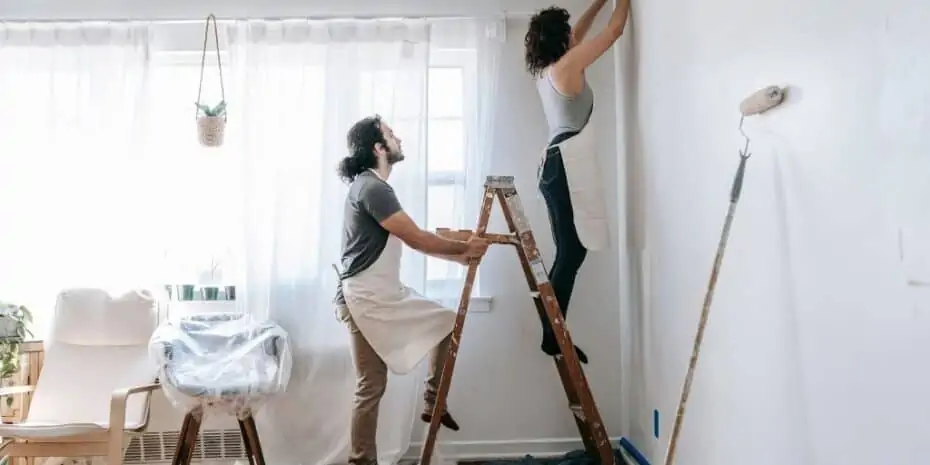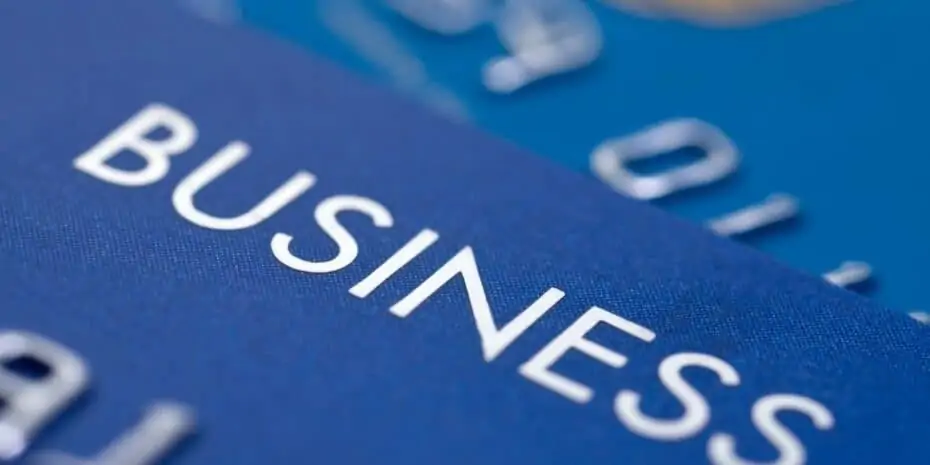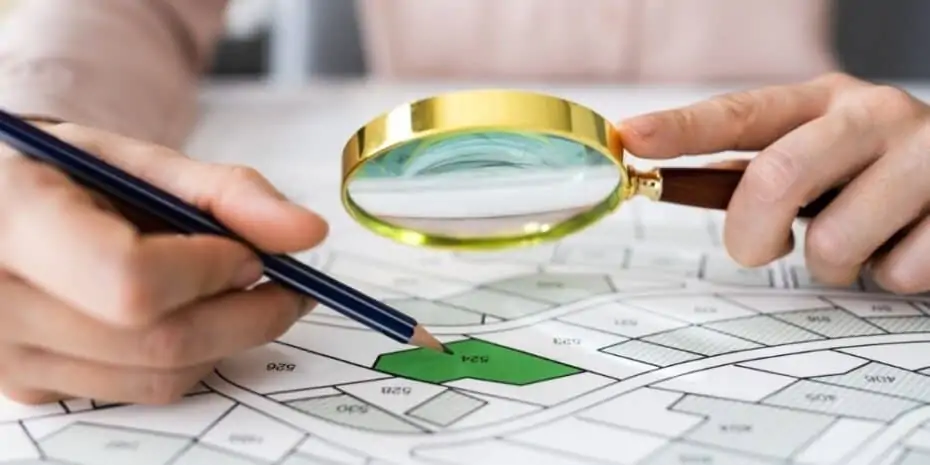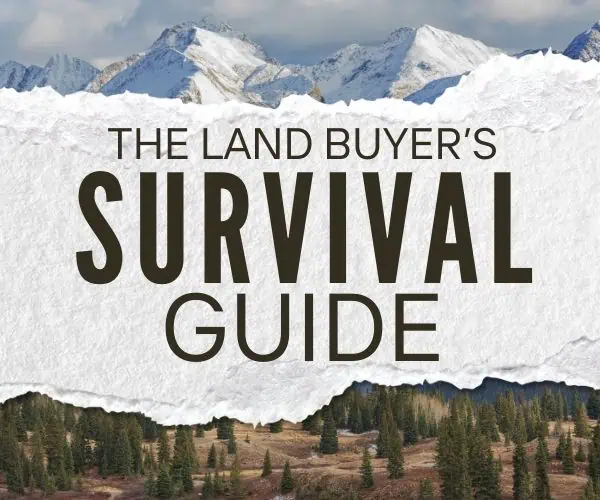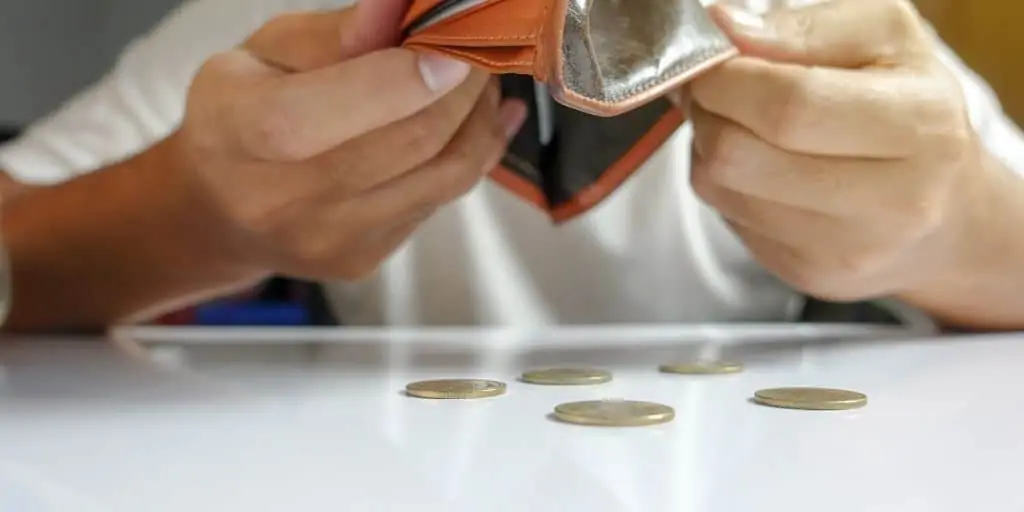
Investing in real estate is notoriously expensive. At least if you do it like an Average Joe investor.
At last check, the median U.S. home sold for $390,500. That means a 20% down payment would set you back $78,100.
Which says nothing of closing costs, renovation costs, carrying costs, bookkeeping costs, travel costs, marketing costs, and a dozen other unforeseen-yet-strangely-unavoidable costs.
So what do you do if you aren’t sitting on a cool $100,000 collecting dust in your bank account?
How to Flip Houses With No Money
The down payment serves as a huge barrier to entry in real estate investing. It keeps many would-be investors out, which in turn keeps the returns higher for anyone who figures out how to flip a house with no money down.
Here’s how to flip houses with no money—or at least far less than you’d need ordinarily.
1. Partner With Deep Pockets
It might sound obvious, yet many new investors overlook the idea of partnering with someone who has more than two nickels to rub together.
If you don’t have much money to contribute, find someone who does. Ideally, someone with some experience to boot to help you avoid pitfalls along the way.
That raises an important question though: What do you bring to the table, if not money or experience? In a word, you bring free labor. You earn your keep being a gopher, scouting properties, checking contractors’ work, coordinating with lenders and home inspectors, and otherwise taking on as much of the work as you can.
As you explore partners to flip a house with, start thinking about what makes a real estate partnership work. It goes far beyond forming a general partnership and opening a shared bank account. You need trust, a clear division of labor, and a shared vision and set of goals.
2. Do a Live-In Flip
When you take out a loan on an investment property, lenders typically require a bare minimum of 20% down. And that’s if you have strong credit.
But for an owner-occupied mortgage, you can put down as little as 3%, or even 0%, if you qualify for specialty loans like VA loans.
Granted, the property must be in habitable condition. You can buy a property that needs gutting and full renovation, but rather one that you can move into and make cosmetic updates over time.
“Over time” being a key phrase: to comply with the rules of conventional mortgages, you must live in the property for at least one year after buying it.
Fortunately, that rule serves you well on the tax side of the equation. By holding the property for at least one year, you pay the lower long-term capital gains tax rate on your profits. Live in the property for two years, and you qualify for a Section 121 exclusion, avoiding capital gains taxes on your first $250,000 in profits ($500,000 if you’re married).
So rather than rushing it, have fun doing the renovations yourself on weekends. It saves you money on contractors to boot!
3. Tap Your Home Equity
Your home equity can do more for you than sit there and look pretty in your net worth spreadsheet.
One way to use your home equity to slash your down payment is to offer it up as additional collateral to a lender. They put liens against both your home and the house you’re flipping, and finance 100% of the purchase price rather than 70-80% LTV. Of course, if you default, they foreclose on both properties too. Borrower beware.
Alternatively, you can take out a home equity line of credit or HELOC. These are rotating lines of credit, much like a credit card, but secured against your home. You can pull out money or pay down the balance as you see fit, with a minimum monthly payment due just like your credit cards. Unlike your credit cards, though, the lender takes your home if you default. Noticing a theme?
Finally, you can take out a home equity loan (usually a second mortgage) to cover the down payment. Among your options for how to flip a house with no money down, it’s among the more expensive but less flexible options. Unlike a HELOC, home equity loans are fixed mortgages that you can only use once, but still, require all the expensive closing costs.
4. Negotiate Seller Financing
Almost everything in life is negotiable. Including seller financing, in many cases.
The seller gets a passive income stream; you get flexible financing. In fact, many sellers leave their existing mortgage in place while only having to finance their profits, so they don’t come out of pocket at all. It’s called a wraparound mortgage, and it helps them net even higher interest by earning a spread on the financed portion of the loan.
As you explore how to flip a house with no money down, read up on the perks of seller financing so you can pitch it effectively to sellers.
5. Combine Business Credit With a Hard Money Loan
Hard money lenders focus more on the collateral and the deal itself, rather than you as a borrower. They don’t care where the down payment comes from, unlike conventional lenders that don’t allow any part of the down payment to be borrowed.
This means you can borrow the down payment in addition to taking out a hard money loan.
Open a business line of credit or two. As a real estate investor, you qualify as being in business. You can also open unsecured business credit cards, which you can use at the settlement with a service like Plastiq.
Consider a business credit concierge service like Fund & Grow to negotiate on your behalf and open the maximum credit limits possible.
6. Wholesale Properties
Rather than overleveraging yourself trying to figure out how to flip houses with no money, flip contracts instead. It requires virtually no cash to wholesale real estate.
It works like this: You find a great deal on a property and put it under contract. You then turn around and sell that contract to another investor—for a margin over your original price. This way, you never actually have to buy or finance the property yourself.
All you need to put down is the earnest money deposit, which may be as little as $1.
7. Flip Land Instead
Another way to invest in real estate with little cash is to flip raw land. You can buy parcels of land for as little as $100, and often sell them for three, four, or five times what you paid.
And quickly, at that. Since no renovations or financing or complex settlements are required, you can often flip land in a matter of days or weeks.
It may not be sexy, but it can be extremely profitable. And I’ll take greenbacks over glamor every day of the week. For further reading, learn why land makes a better investment than houses.
Final Thoughts
Every new investor wants to learn how to flip a house with no money down. But be careful not to overleverage yourself—flipping houses often comes with unforeseen expenses, and if you don’t budget for them, you can find yourself strapped with nowhere to turn for the money.
Consider starting with wholesaling, flipping land, or partnering with an experienced investor. If you’re handy and have a little real estate experience, consider a live-in flip. However, avoid tapping your home equity, seller financing, or combining business credit with hard money loans if you’re a novice investor, as they come with more risk than you should take on without experience in the industry.





